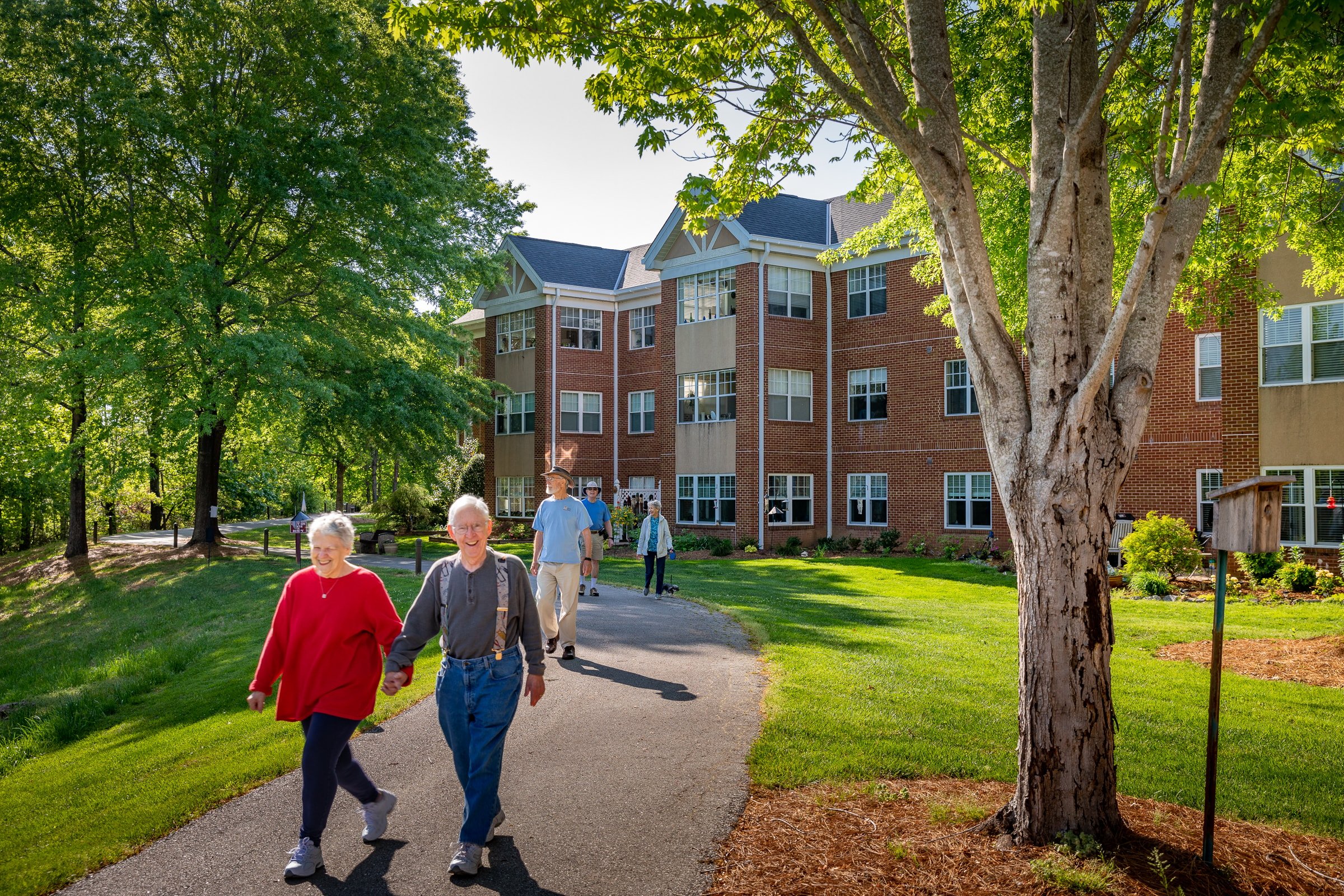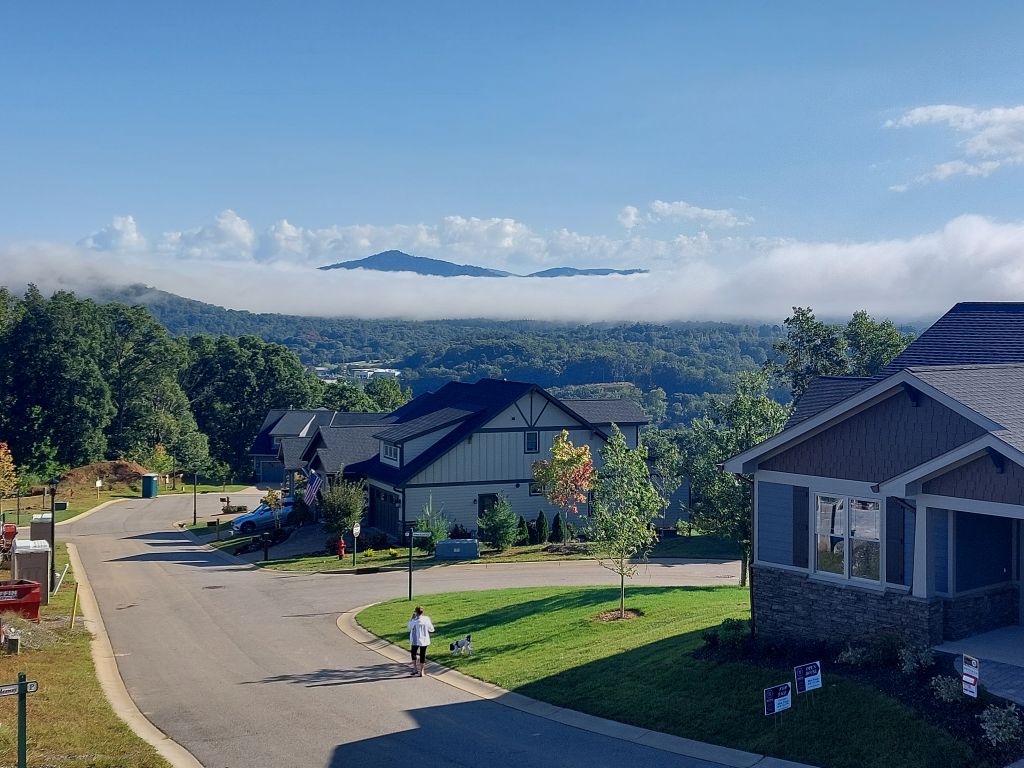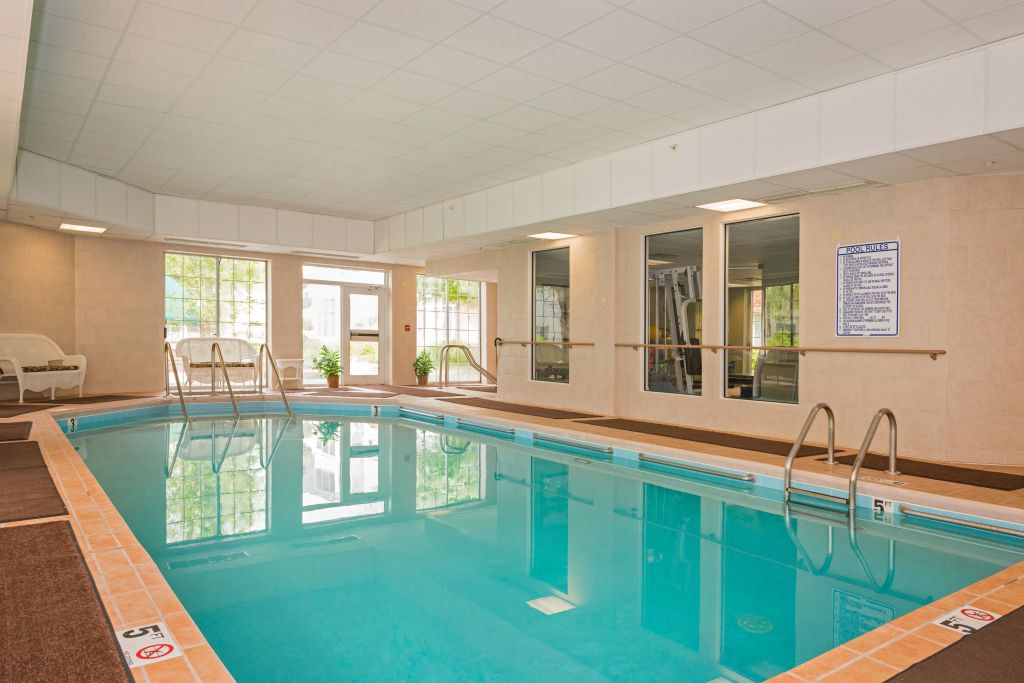Top Benefits of a Continuing Care Retirement Community
A continuing care retirement community (CCRC) offers an all-in-one solution for your evolving healthcare needs in retirement. With options ranging…

A continuing care retirement community (CCRC) offers an all-in-one solution for your evolving healthcare needs in retirement. With options ranging from independent living to skilled nursing care, CCRCs ensure you can stay in the same community as your needs change. This article dives into the key benefits of CCRCs, how they operate, and why they are becoming a popular choice for many retirees.
Key Takeaways
- Continuing Care Retirement Communities (CCRCs) provide a continuum of care options, allowing residents to age in place and access necessary medical assistance seamlessly as their needs evolve.
- CCRC contracts vary significantly, including Extensive Life Care Contracts for predictable costs, Modified Contracts with limited coverage, and Fee-for-Service Contracts which can lead to higher overall expenses.
- Prospective residents should thoroughly evaluate the financial commitment, community atmosphere, and available services before selecting a CCRC to ensure it aligns with their needs and lifestyle preferences.
What Is a Continuing Care Retirement Community?

Discover the Benefits of Continuing Care Retirement Communities (CCRCs)
As retirement needs evolve, Continuing Care Retirement Communities (CCRCs) offer a smart, all-in-one solution designed for peace of mind and long-term comfort. These communities provide a full spectrum of care—from independent living and assisted living to skilled nursing and memory support—all within the same community. That means as your health needs change, you won’t have to uproot your life or leave a place you love.
In Western North Carolina, several outstanding CCRCs are helping retirees enjoy vibrant, secure lifestyles:
- Givens Estates in Asheville, NC: Nestled on a beautifully wooded campus, Givens Estates offers a dynamic mix of wellness programs, cultural activities, and on-site healthcare services—making it a top choice for retirees seeking both independence and future peace of mind.
- Givens Highland Farms in Black Mountain, NC: Just east of Asheville, this close-knit community blends small-town charm with comprehensive care, allowing residents to age in place with grace and support.
- Pisgah Valley Retirement Community in Candler, NC: Surrounded by the beauty of the Blue Ridge Mountains, Pisgah Valley offers a full continuum of care along with a vibrant social calendar and wellness-focused living.
- Deerfield Episcopal Retirement Community in Asheville, NC: With a strong emphasis on spiritual wellness, lifelong learning, and compassionate care, Deerfield delivers a holistic approach to aging in a serene, thoughtfully planned setting.
- Tryon Estates, an ACTS Retirement-Life Community in Columbus, NC: This scenic community near the NC/SC border offers elegant living with the security of ACTS Life Care®, a contract that ensures health services are available when you need them.
- Abernethy Laurels located in Newton, NC Abernethy Laurels is located on a gentle rolling 120-acre site nestled in the foothills of the Blue Ridge Mountains. We combine casual, comfortable, independent housing with convenient full-service accommodations on a fee-for-service basis. The conveniences of Charlotte, Asheville and Hickory offer a very appealing destination for retirement living.
These communities typically offer:
- Independent living
- Assisted living
- Memory care
- Skilled nursing care
All within the same place campus, providing a seamless transition through different levels of care.
One of the standout features of CCRCs is their ability to provide stability and comprehensive services to residents. Older adults can live independently for as long as possible, and access higher-level care like skilled nursing and memory care without leaving the community when their medical needs change. Designed with all stages of aging in mind, this integrated support system allows residents to live their best lives with peace of mind.
Families also gain significant peace of mind knowing that their loved ones have access to necessary support and medical assistance around the clock. Most communities offer a one-stop-shop living environment with various housing options like single-family homes or townhomes alongside nursing facilities. This arrangement ensures residents don’t have to worry about their living arrangements as their needs evolve, making CCRCs a compelling option for retirement living.
How CCRCs Work
Also known as life plan communities, CCRCs are meticulously structured to cater to the evolving needs of their residents. They offer independent living, assisted living, skilled nursing care, and memory care, all within the same location. This setup ensures that as a resident’s health needs change, they can smoothly transition from one level of care to another without the disruption of moving to a different facility.
A chief advantage of CCRCs is their continuity of care. Residents start their journey in independent living, where they can enjoy a vibrant, self-sufficient lifestyle. As their health needs evolve, they can transition to assisted living or skilled nursing care seamlessly within the same community. This not only ensures a familiar environment but also continuity in the quality of care and social connections.
The operational structure of CCRCs provides comprehensive support, allowing for a smooth transition between different levels of care. This continuity is crucial for maintaining quality of life and ensuring that changing health needs are met in a supportive and familiar environment.
This arrangement offers peace of mind to both residents and their families, knowing all necessary health and human services and health care services are available under one roof, provided by specially trained staff.
Types of CCRC Contracts
Understanding the different basic types of contracts is crucial when considering a move to a continuing care retirement community. CCRCs offer various contract options that outline the financial commitments and care services provided. The primary types include Extensive Life Care Contracts, Modified Contracts, and Fee-for-Service Contracts, each catering to different needs and preferences.
The Extensive Life Care Contract is among the most comprehensive options available. It guarantees residents access to various levels of care for life while maintaining stable monthly fees, regardless of increased care needs. This contract type is ideal for those looking for predictability in their financial planning and assurance that their care needs will be met without additional costs.
Modified Contracts provide coverage for skilled nursing facility services for a specific period, typically at least 60 days. During this time, only a portion of the resident’s monthly fee remains stable despite increased care needs. After the covered period, additional care costs are incurred.
Lastly, the fee for service contract does not include long-term care benefits, meaning residents pay for medical expenses as they incur them, which can lead to higher medical costs if extensive medical care is needed. This option usually has lower upfront service fees but can result in an additional cost if extensive medical care is needed.
Entrance Fees and Monthly Fees
A significant consideration when evaluating a CCRC is the cost structure, which typically includes an upfront entrance fee and ongoing monthly fees. Entrance fees are a substantial initial financial commitment that guarantees housing and access to medical services for a lifetime. These fees can vary widely, from as low as $40,000 to over $2 million, depending on the community and the level of services included.
The average entrance fee for CCRCs generally falls around $300,000, with more inclusive communities ranging from $150,000 to over $1 million. Monthly fees, which cover essential services such as maintenance, dining, and healthcare, typically range from $2,500 to $5,000. It’s important to clarify what these fees cover, as additional charges may apply for certain services like assisted living or healthcare.
Residents should inquire about expected annual increases in monthly fees and the monthly service fee, which typically range from 3 to 4 percent, as financial stability is key. It’s important to understand the procedures if a resident exhausts their financial resources, as policies can vary among CCRCs.
Prospective residents are advised to seek the guidance of a financial advisor to navigate these costs effectively and ensure a secure investment.
Services and Amenities

Continuing care retirement communities provide a wide range of residential services and amenities designed to enhance the quality of life for their residents. These services often include housekeeping, laundry, and transportation, which support daily living and allow residents to focus on enjoying their retirement.
Healthcare services, featuring on-site medical professionals and wellness programs tailored to residents’ needs, are a cornerstone of CCRCs. Many communities also boast fitness facilities and organized fitness classes to promote physical health. Social events and recreational activities are regularly scheduled to foster community engagement and reduce isolation, making CCRCs vibrant places to live. Additionally, health related services enhance the overall well-being of residents.
Living in a CCRC offers an all-inclusive lifestyle with provided meals, maintenance, and security, creating a hassle-free environment. This service model ensures residents have access to all necessary support systems within one location. The presence of a built-in social network and a health care support system offers peace of mind to both residents and their families, knowing that their medical and personal care needs are well taken care of.
Pros and Cons of CCRCs
Continuing care retirement communities provide an array of benefits, including housing and medical care under one roof, ensuring that multiple needs are addressed simultaneously. As the population ages, the demand for retirement housing with comprehensive care options is increasing, making CCRCs a popular choice.
However, adjusting to a CCRC can be challenging for some seniors as it requires adapting to a new environment and lifestyle. Additionally, the financial commitment can be significant, with high entrance and ongoing fees. It’s important for prospective residents to consider these factors and evaluate their personal needs and circumstances carefully.
Weighing the advantages and potential drawbacks helps seniors and their families make informed choices about CCRCs. The stability, comprehensive care, and peace of mind provided by CCRCs make them an attractive option for many, but it’s crucial to consider all aspects before making a decision.
Alternatives to CCRCs
While continuing care retirement communities offer a comprehensive solution for senior living, they are not the only option available. Various alternatives can also provide suitable living and care arrangements for older adults.
Assisted living communities, for instance, offer support with daily activities and personal care in a residential setting. Independent living communities cater to seniors who are mostly self-sufficient but seek a community environment. Home care services allow seniors to remain in their own homes while living independently and receiving the necessary support and medical care.
Each alternative offers its own benefits and may be more suitable depending on individual needs and preferences. Evaluating these options alongside CCRCs can help families and seniors make the best choice for their specific situation.
What to Look for When Choosing a CCRC

Choosing the right CCRC involves careful consideration of several factors. Prospective residents should gather financial information from the CCRC to ensure the stability of their investment and understand the fee structures.
In-person visits to CCRCs are highly recommended to gauge the community’s environment, staff members’ interactions, and daily activities. It’s also beneficial to inquire about staff training, their approach to personal care, and the availability of emergency response systems.
Engaging with current residents living and their families provides honest perspectives on the quality of life and care within the community. When a prospective resident decides to review housing options, floor plans, and available healthcare services at various levels of care, it is essential for making an informed decision.
Understanding CCRC Contracts

Thoroughly reviewing CCRC contracts before signing ensures clarity on terms and conditions. The residency agreement outlines financial commitments and care services provided, making it essential to understand every detail.
In fee-for-service CCRCs, long-term care services are billed on a per diem basis, which can lead to higher costs if extensive care is needed. Modified contracts typically cover skilled nursing services for a specific period, after which residents pay a market or per diem rate for additional care days.
Asking basic contract questions and understanding different contract options helps prospective residents choose the best financial and care arrangement for their needs.
Finding a CCRC Near You

Finding the right CCRC involves using available resources effectively. Online directories and comparison tools can simplify the process by showcasing the amenities and services of different CCRCs. Professional senior living advisors can also assist in locating CCRCs that align with specific health and lifestyle needs.
Considering factors like location, amenities, and financial options is vital for making an informed decision. Evaluating and comparing different CCRCs based on these criteria can help families and seniors find the best community that meets their specific needs and preferences.
Summary
Recap the key points covered in the post, emphasizing the benefits of CCRCs, the different types of contracts, costs, services, and tips for choosing the right community. Encourage readers to consider CCRCs as a viable option for retirement living and use the provided information to make informed decisions.
Frequently Asked Questions
What are the main benefits of living in a CCRC?
Living in a Continuing Care Retirement Community (CCRC) offers the primary benefit of a continuum of care, enabling residents to age in place while receiving comprehensive services. This arrangement fosters stability and provides peace of mind for both residents and their families.
How much do entrance and monthly fees cost in a CCRC?
Entrance fees for a Continuing Care Retirement Community (CCRC) can vary significantly, typically ranging from $40,000 to over $2 million, while monthly fees generally fall between $2,500 and $5,000, including housing and healthcare services.
What types of contracts do CCRCs offer?
CCRCs offer Extensive Life Care Contracts, Modified Contracts, and Fee-for-Service Contracts, catering to varying levels of care and financial commitments based on residents' needs. Selecting the appropriate contract is crucial for ensuring long-term security and care.
What should I look for when choosing a CCRC?
When selecting a Continuing Care Retirement Community (CCRC), prioritize financial stability, staff qualifications, healthcare services, housing options, and conduct in-person visits to evaluate the community environment. This comprehensive approach ensures you choose a facility that meets your long-term needs effectively.
Are there alternatives to CCRCs?
Yes, alternatives to CCRCs include assisted living communities, independent living options, and home care services, which provide varying levels of support to meet individual needs.







